The T-Shirt Fabric Guide: How to Choose the Best T-Shirt Material
A comprehensive guide to what t-shirt fabrics are, what makes them different, and why you should choose one over the other.
One of the most misunderstood, yet most important things to consider when you’re looking at custom t-shirts or ordering custom printed apparel, is the t-shirt itself. Of course this seems obvious, but every time I talk to customers, I’m reminded that most people don’t spend as much time as we do thinking about t-shirts and customers are always surprised at how complicated just picking one out can be.
Now, there are lots of ways you can compare one garment to another: style, fit, price, color, etc. But maybe one component, the t-shirt fabric, is the most confusing of all — just Google a few of the topics covered here and you’ll see what I mean. However, the fabric used to make a t-shirt or any piece of apparel often affects the price, the way that it prints, and of course, the way that it looks and feels.
For that reason, I’ve put together this (mostly) comprehensive guide to what t-shirt fabrics are, what makes them different, why you should choose one over the other, and cover a few fabric related terms and concepts to help you better understand your choices.
This is particularly important in our case because at UberPrints, we’re an entirely online custom t-shirt printer. We understand that when one of our customers is designing a t-shirt on our website, they’re not able to physically touch samples or try on different fabrics. For that very reason, we’re always exploring different ways to make the customizing process simpler and more effective at getting you custom apparel that’s better than you expected.
For some context before we get started
You’ve likely heard of the most common t-shirt materials — cotton, polyester, rayon, maybe some others — which make up the vast majority of t-shirt fabrics. But each one of these has additional details and variants that are important to understanding the garment they create. Not all cotton is created equal, for example, and the difference between cotton fabrics has a tremendous impact on the finished product.
Additionally, there are things that are important to understanding a t-shirt’s fabric beyond just the raw materials. What the hell does “30 singles” mean? Or — why is a cheap t-shirt 6 ounces and an expensive one only 4 ounces? What’s slub? Or viscose?
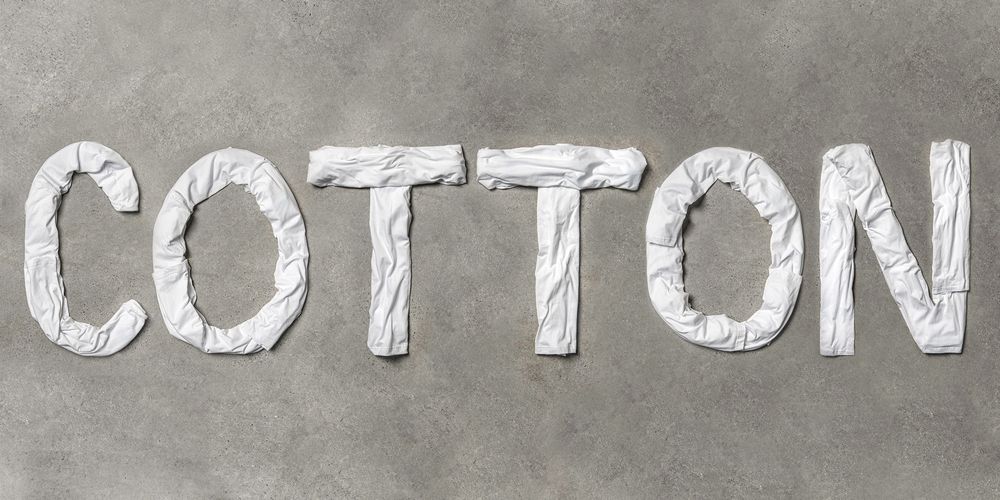
Cotton
Cotton is so widely used because it’s cheap, breathable, and absorbent. But despite it being the most well-known material, it’s also the most complex in terms of how much it ranges in quality. Now, “quality” can be a difficult thing to define — especially when it comes to t-shirts — because it all depends on personal preference and what you’re looking for. But, I’ll lay out the facts about the most common forms of cotton material you’ll encounter, and you can decide what’s most important to you.
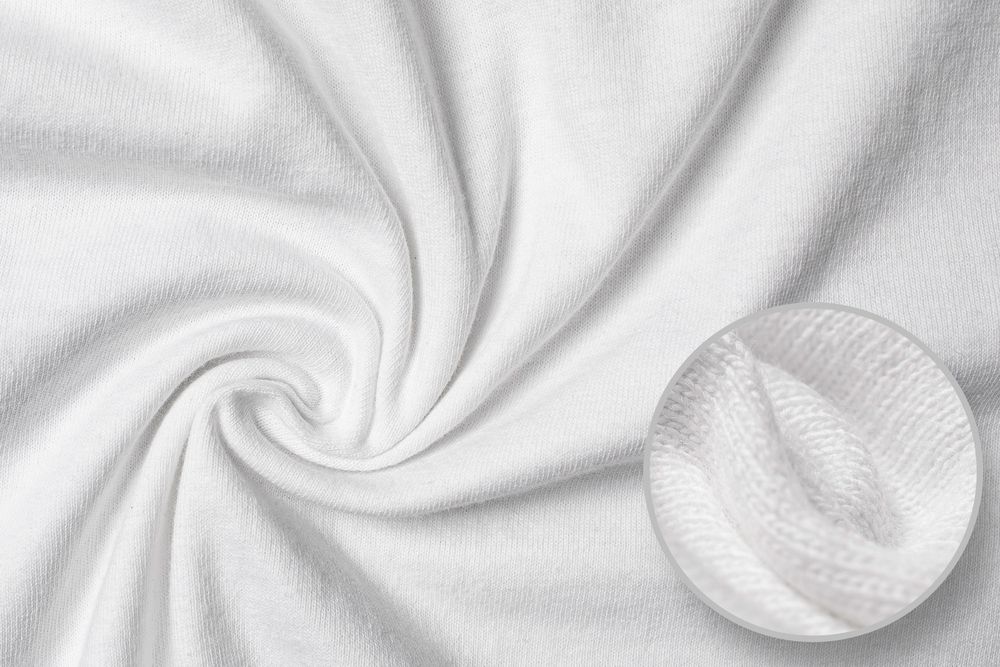
100% Cotton aka Carded Open-End aka COE
As the heading suggests, a t-shirt that touts “100% cotton” is synonymous with carded open-end cotton, abbreviated as COE. But just fyi though, when it comes to the tag on the inside of your shirt, “cotton” could mean any kind of cotton. However, when you’re looking at our apparel catalog or t-shirt product details anywhere else, 100% cotton = COE. (If it was higher quality cotton like those below, it’ll say it)
Carded open-end doesn’t describe the cotton itself, but instead the manufacturing process used to take raw cotton and spin it into the yarn that’s then used to make t-shirt fabric. Carding is the step in the process where the raw cotton fluff is brushed into straight bundles before the yarn can be spun. As you’ll read more about in a second — carding still leaves behind small fibers and only does an ok-job of getting all the fibers straight and aligned. This ultimately makes the t-shirt feel a bit rougher than higher quality options, and even makes the ink we print on top of it feel more rough.
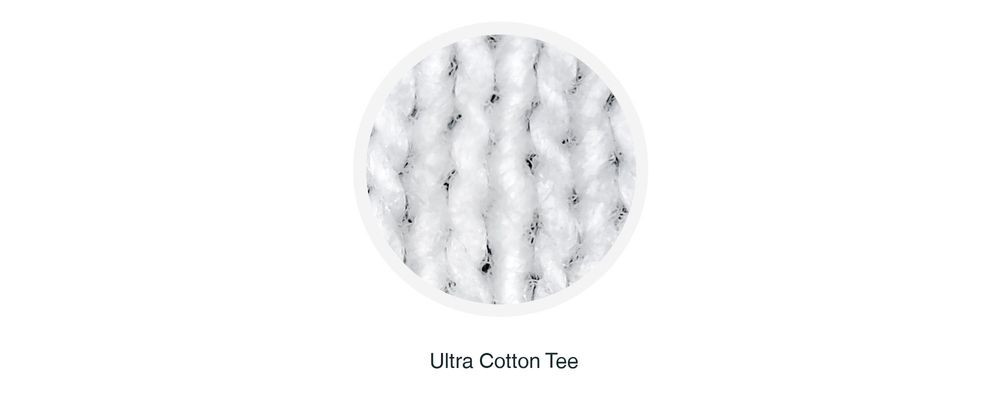
As for the “open-end” part, it means that the yarn was created using open-end spinning, also called rotor spinning. This method of yarn spinning was developed and began use in production in the 1960’s and 70’s as a much faster alternative to other spinning methods. And is called open-end because it doesn’t require a spindle, instead relying on a spinning rotor to twist and draw out the yarn. It’s been described like a clothes dryer full of cotton that, as you pull it out, gets spun together. This too only does an ok-job of aligning and twisting fibers and is limited to creating thicker yarns (see yarn count for more on this topic).
When COE cotton is the best t-shirt material to go with
So you’re wondering why you would ever want carded open-end cotton? Well… it’s cheap!
Carding leaves in more of the small cotton fibers which increases the final yield for manufacturers. And open-end spinning is 7x faster than the next most common method. There’s no benefit in terms of durability or softness, just a more cost effective option that ultimately allows you to get more bang for your buck. The t-shirts made with COE are best suited for promotional giveaways, 5k runs, funny gifts — whenever finding the most economical option is paramount.
Two t-shirt options that are made of 100% COE cotton are the Ultra Cotton Tee by Gildan and the Authentic Tee by Hanes. And it’s no surprise that both are some of the absolute cheapest in our catalog.
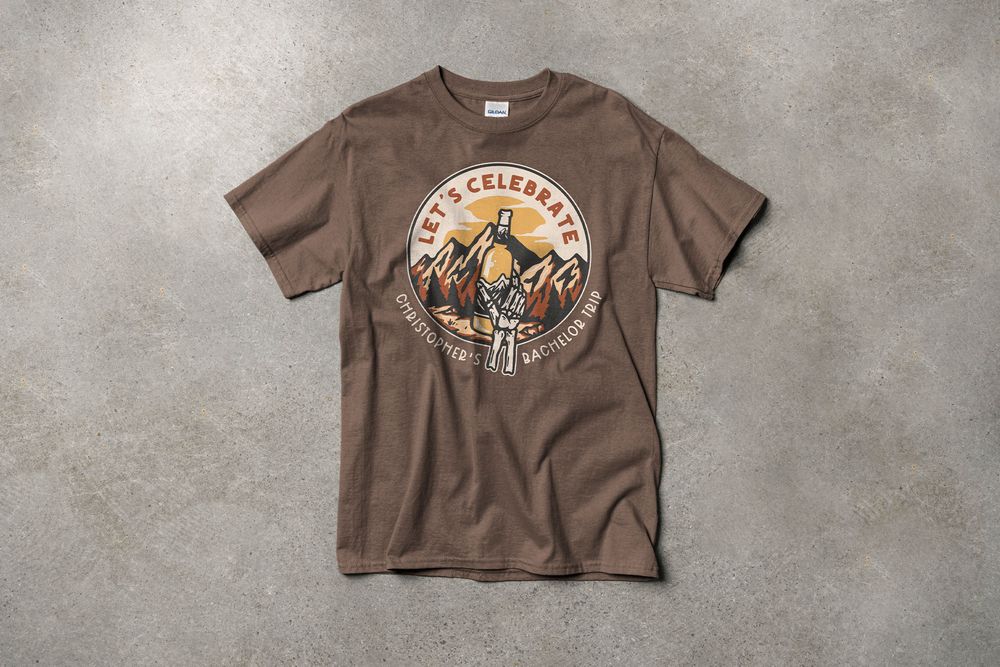
Ring-spun cotton
So you may have heard of ring-spun cotton, and probably have some idea of why it’s called that after reading the previous section. Ring-spun cotton refers to yarn that’s produced with the more traditional method of drawing out cotton bundles and tightly twisting them around a spindle. This spinning method does a better job of aligning and binding the fibers together which results in a noticeably softer and smoother t-shirt fabric when compared to COE.
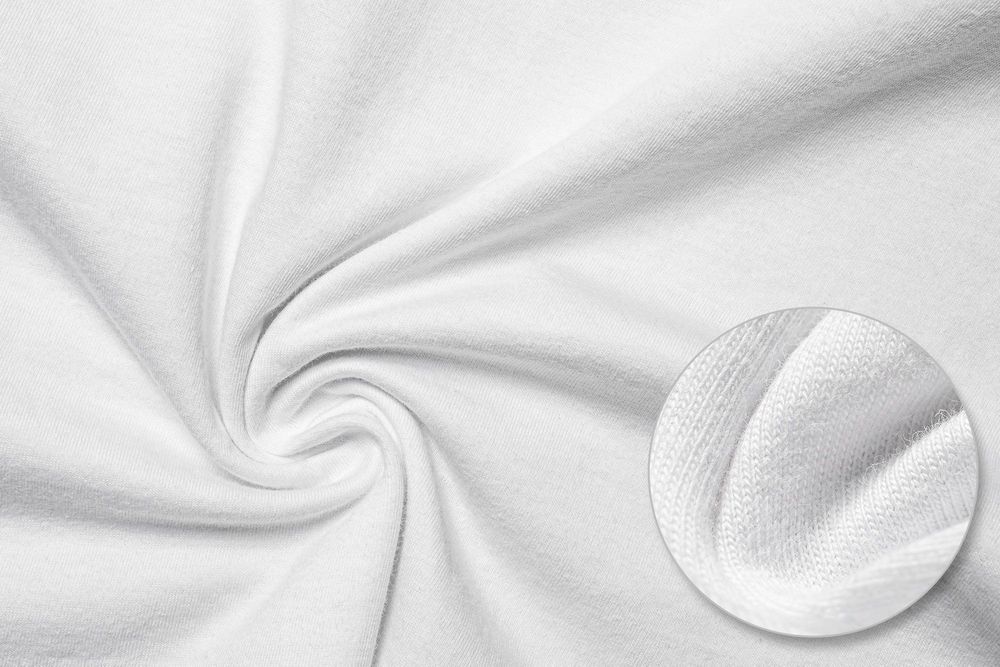
Ring spinning is also capable of producing finer yarns than open-end spinning and thinner yarns produce a tighter fabric weave which, in turn, creates softer and smoother t-shirts. And this isn’t just good for the feel of the t-shirt against your skin, it also makes the print on the t-shirt softer, smoother, and more consistent.
When ring-spun cotton is the best t-shirt material to go with
Ring-spun cotton is one step up from COE in softness and in cost as well. The ring spinning process is comparatively slower and includes a few more steps than open-end spinning. But it only results in a small increase in cost.
For that reason, I often still recommend ring-spun cotton t-shirts to those looking for a really cheap option. In my opinion, the small increase in cost is more than made up for by the increase in softness. If you’re looking for something cheap, but that people will still want to wear, this is probably your best bet.
Two examples of ring-spun cotton t-shirts are the Softstyle T-Shirt by Gildan and the Beefy-T by Hanes. Both are still very cost effective options — only slightly more than the COE examples — but are noticeably softer and will print more smoothly.
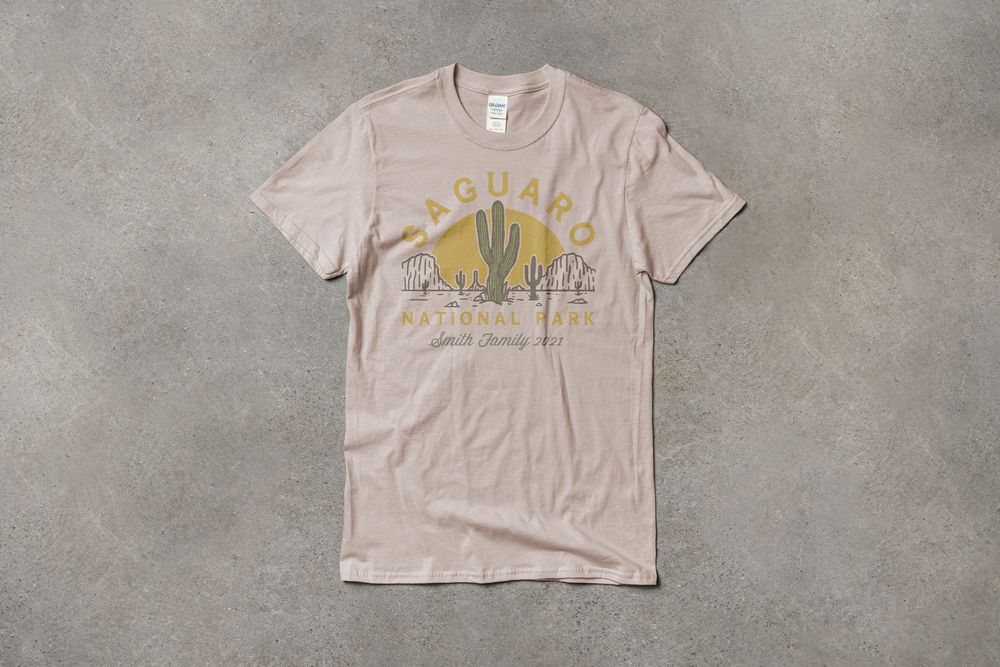
Combed and ring-spun cotton
The “ring-spun” part we’ve already discussed. None of that changes here. What’s different is that, in addition to being carded, combed cotton is further brushed and — quite literally — combed to better align and straighten the cotton fibers while also removing some of the short fibers that would normally stick out of the yarn.
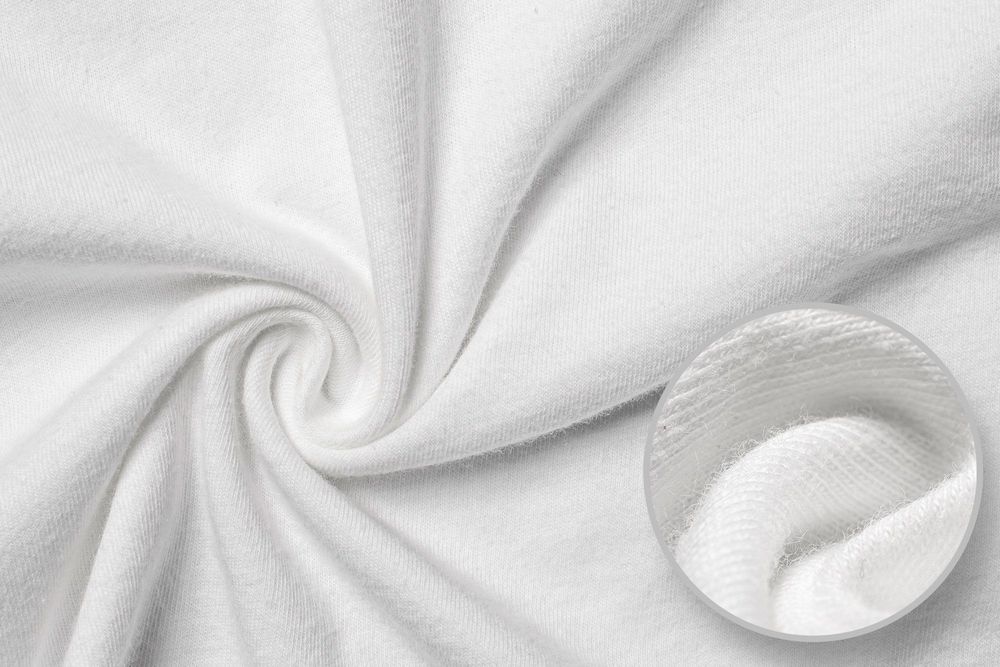
As you can guess, this makes the t-shirt fabric softer and smoother than it would have been if the yarn had just been carded because the individual fibers are longer, more consistent, and more tightly bound. But it also slightly increases the cost because not only does it add a step in manufacturing, but more of the raw cotton is discarded reducing the final yield.
Also, just to clear up some confusion, you’ll really only ever see combed cotton that’s also ring-spun, but not all ring-spun cotton is combed. If it’s both combed and ring-spun, it’ll say it.
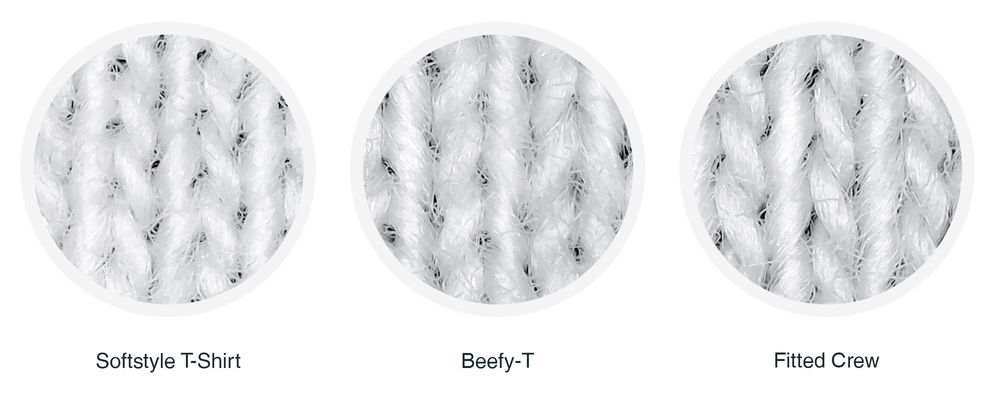
When combed and ring-spun cotton is the best t-shirt material to go with
Combed and ring-spun cotton is pretty close to the highest quality cotton in a standard t-shirt. Again, it’s another small step up in terms of price, but it’s often worth it if it really matters to you that the t-shirt material is comfortable and will last.
In my own opinion, I find that ring spinning has a greater impact on softness than combing alone, but there is a real improvement nonetheless. You’ll also find that combed and ring-spun cotton is often used in more modern fitting styles. So if you want a more fitted look in a cotton t-shirt, this is definitely where to look.
Two examples of combed and ring-spun cotton t-shirts are the Fitted Crew by Next Level and the Fine Jersey Tee by American Apparel.
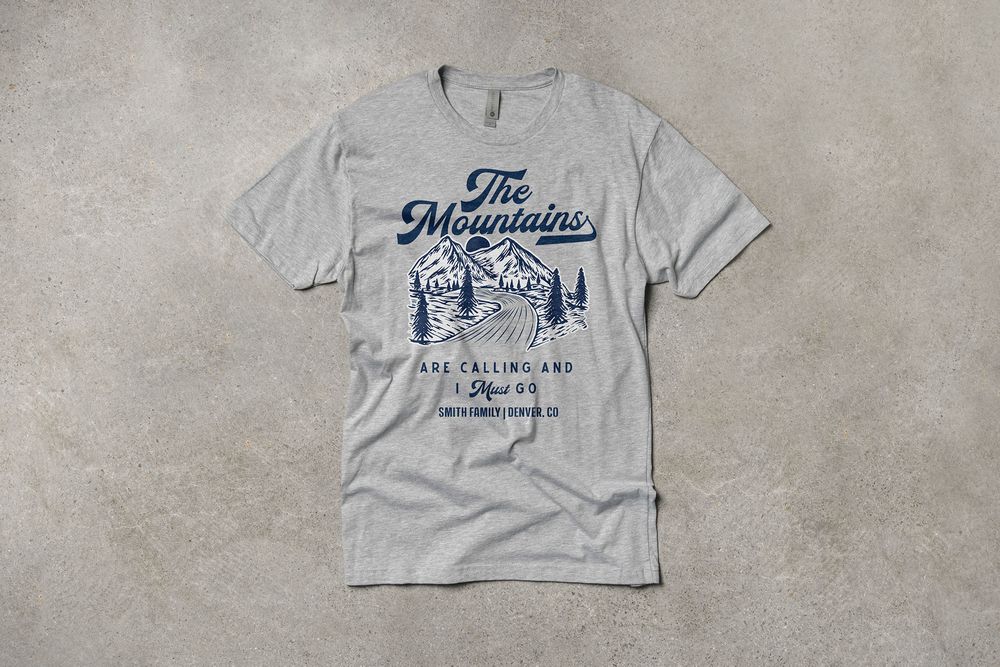
Airlume combed and ring-spun cotton by Bella+Canvas
Last on the list of types of cotton is Bella+Canvas’s signature combed and ring-spun cotton they call Airlume.
So, Airlume is not really a type of cotton per se, but it boasts some additional quality improvements that I thought were worth mentioning, especially because our catalog includes so many Bella+Canvas products. In addition to all the benefits of combing and ring spinning, Airlume takes it a step further and promises a more meticulous and refined manufacturing process that creates a t-shirt fabric that’s softer and eco-friendly.
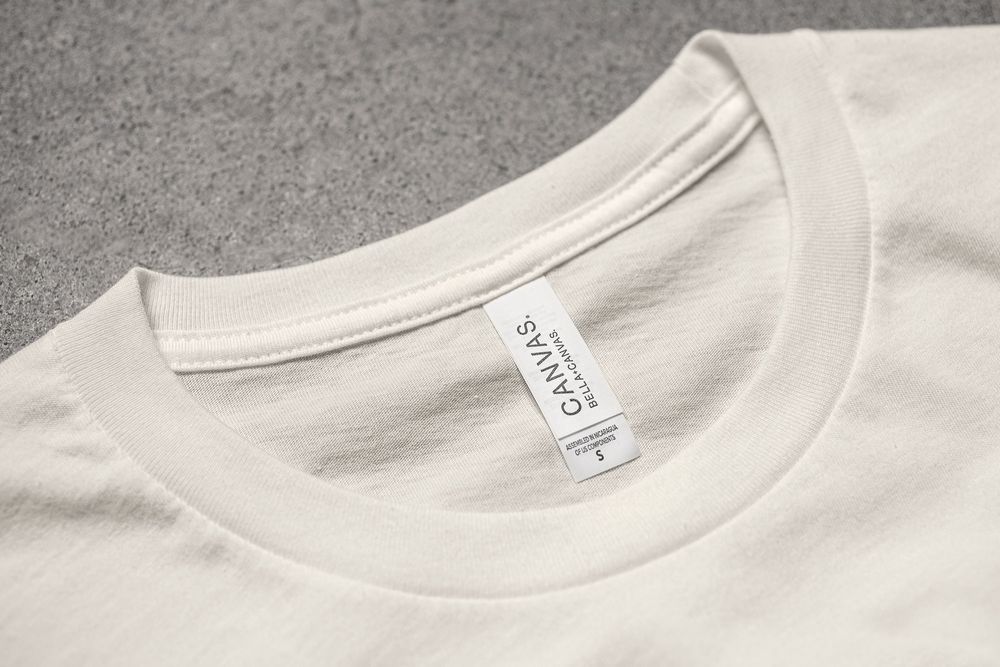
First, it claims to use a more thorough combing process that removes more unwanted cotton fibers and leaves behind only long staple cotton. Now, this is something that we haven’t discussed up to this point, but staple just refers to the individual fibers, so long staple just means long fiber. But not just that, “long staple” is a specific classification when it comes to raw cotton and is pretty difficult to find in any other t-shirt.
Second, the fabric is dyed in Los Angeles using what they say are “eco-friendly dyes'' and a process that requires one-seventh the water compared to traditional apparel manufacturing. Believe it or not, while cotton is a natural fiber, there are some environmental concerns around the manufacturing and processing of cotton fabric — mostly with the excessive use of water for the dyeing process. Bella+Canvas’s commitment to a more environmentally conscious process is definitely welcome here in the apparel industry.
If you purchase a cotton Bella+Canvas t-shirt, then it’s made of their Airlume cotton. The Jersey T-Shirt is their flagship unisex t-shirt and a real crowd favorite. I personally have more than a few of these in my closet.
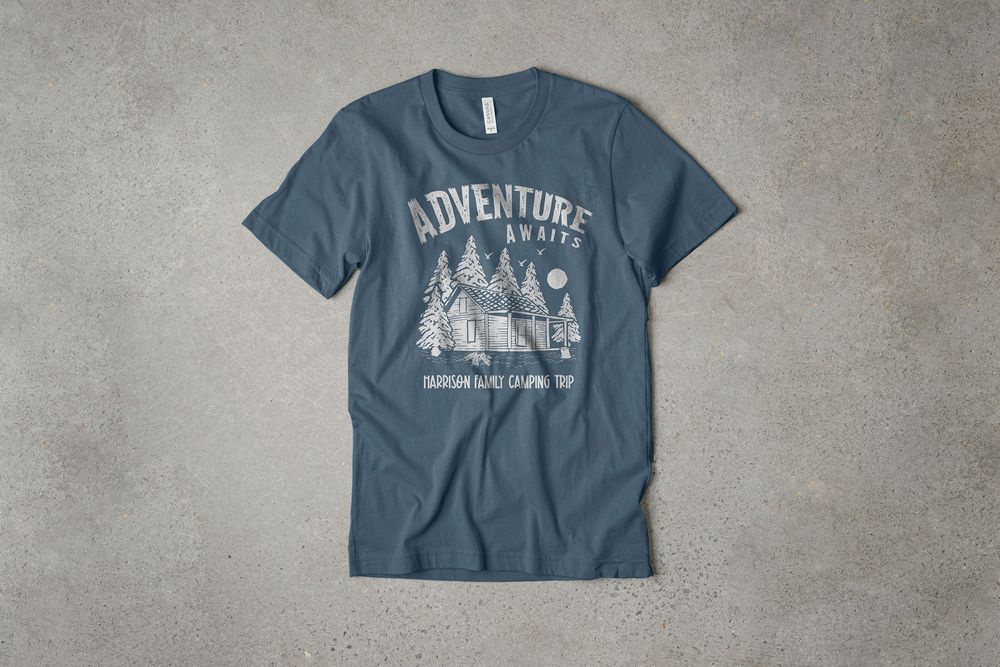
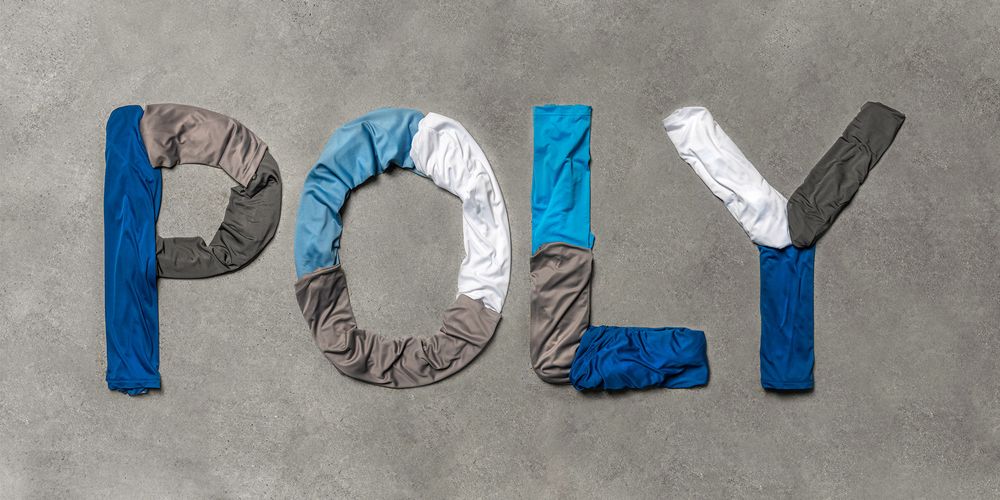
Polyester
Next on the list of t-shirt materials is polyester — the polar opposite to the cotton we’ve discussed so far. Polyester is a synthetic material made of plastic fibers that have been spun and treated to create a durable yet soft yarn. The manufacturing process involves extruding molten plastic through a showerhead-like plate to create long, extremely fine fibers. Those fibers are then spun together before being heated and stretched which makes them soft and flexible like natural fibers.
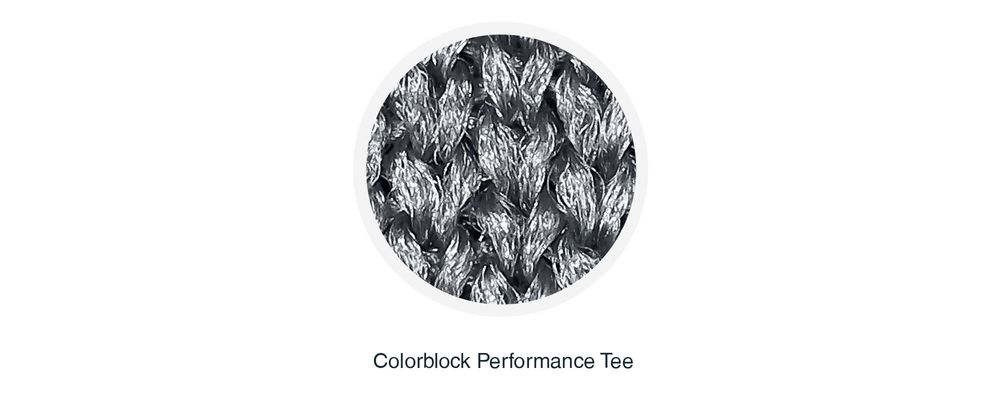
Polyester has a few advantages over natural fibers. It’s more durable and abrasion resistant, it’s less prone to wrinkling, and is completely hydrophobic. And while there are 100% polyester t-shirts like this Colorblock Performance Tee by Sport Tek, polyester is most often blended with other materials to get the right balance of characteristics. We’ll talk more about these blends in later sections.
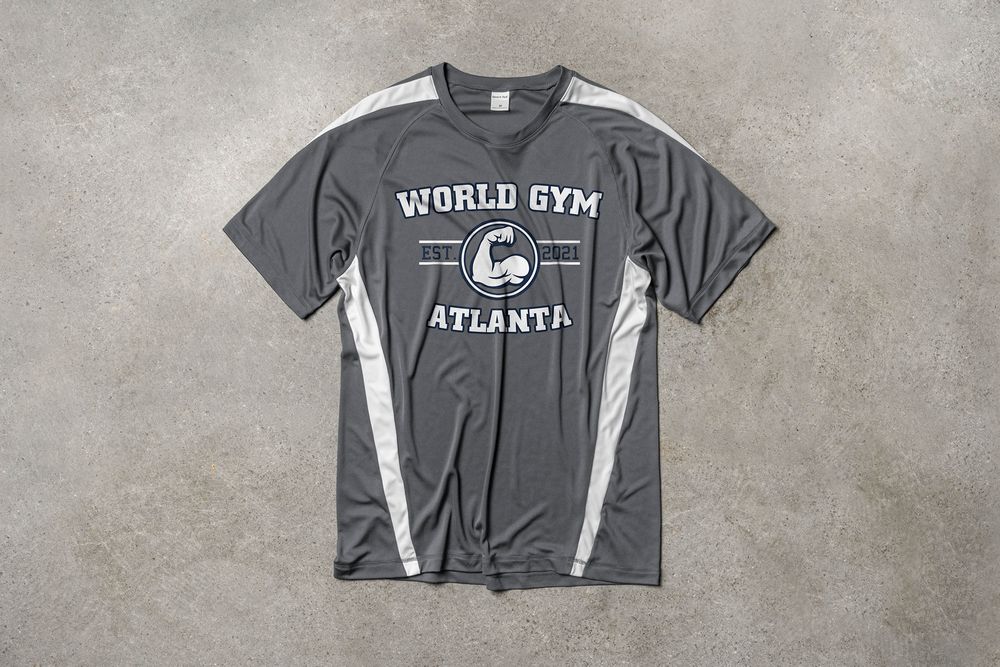
Recycled polyester
Aside from its durability and anti-wrinkle benefits, polyester has one big advantage over most other t-shirt fabrics: it can be made of completely recycled material. Most often, polyester is made of a plastic called polyethylene terephthalate, or PET. Conveniently, PET is also used to make plastic bottles, containers, and lots of other common plastic goods.
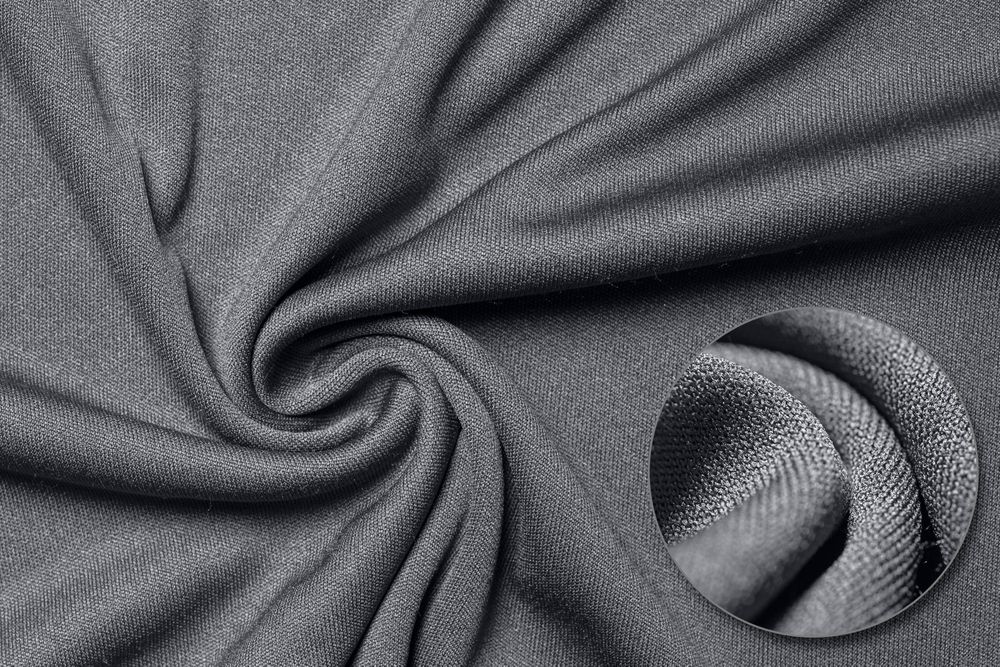
Recycled polyester is made by processing these plastic bottles and turning them into small chips that are eventually melted down and turned into yarn. While this isn’t the most common material you’ll find in t-shirts, it’s gaining popularity as an environmentally friendly alternative to the traditional manufacturing processes that rely on fossil fuels.
A great example is Allmade, a supplier of sustainable and ethically produced t-shirts and apparel. Their signature material uses 50% recycled polyester which accounts for about 6 water bottles worth of plastic per t-shirt, and about 1 water bottle per fabric mask.
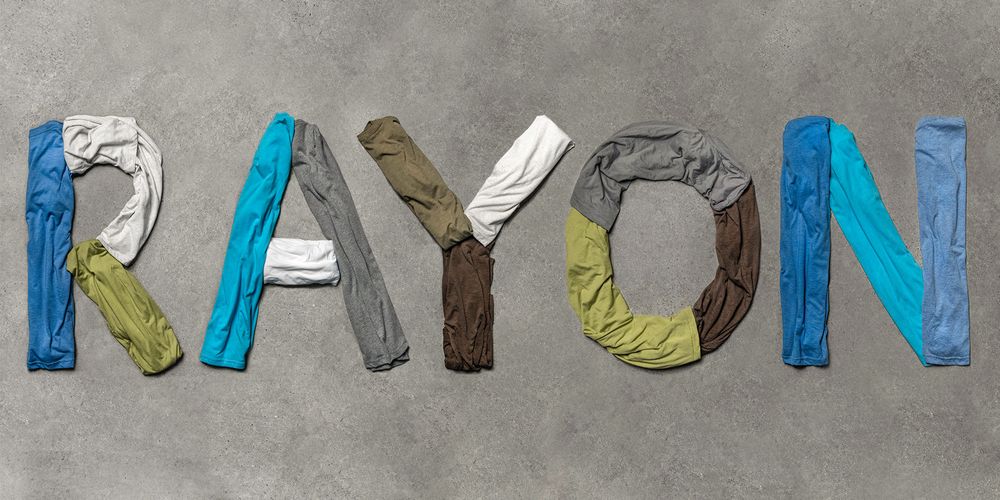
Rayon
So far, we’ve explored the two most common t-shirt materials: cotton, a natural fiber, and polyester, a synthetic fiber. However, the next material on our list falls somewhere in between these two and brings with it a special set of features that take an already comfortable t-shirt to the next level.
Rayon, often called a semi-synthetic fiber, is made from processed cellulose derived from wood or bamboo pulp which creates a substance that's extruded and woven into yarn. What results is a material that’s super soft, slightly shiny, breathable, and drapes nicely on your body. And while it may not be very durable, it’s these other luxurious qualities that earn it the name “artificial silk”.
Rayon also goes by a few other names you might recognize. Viscose is the most common and is virtually interchangeable with “rayon” as it describes material made using traditional methods. The next most common variant is called modal, which is created specifically from beech tree wood and offers improved durability. The third and least common is lyocell which uses more environmentally friendly chemicals to process the cellulose but is by far the least widely used.
Similar to polyester, much of the use of rayon is in blending it with other materials to create a fabric with all the right qualities. You won’t find many 100% rayon products — partly because it’s the most expensive material we’ve discussed so far — but also because the best products aren’t necessarily made from purely one material. And it’s this world of premium blends that we’ll explore next.
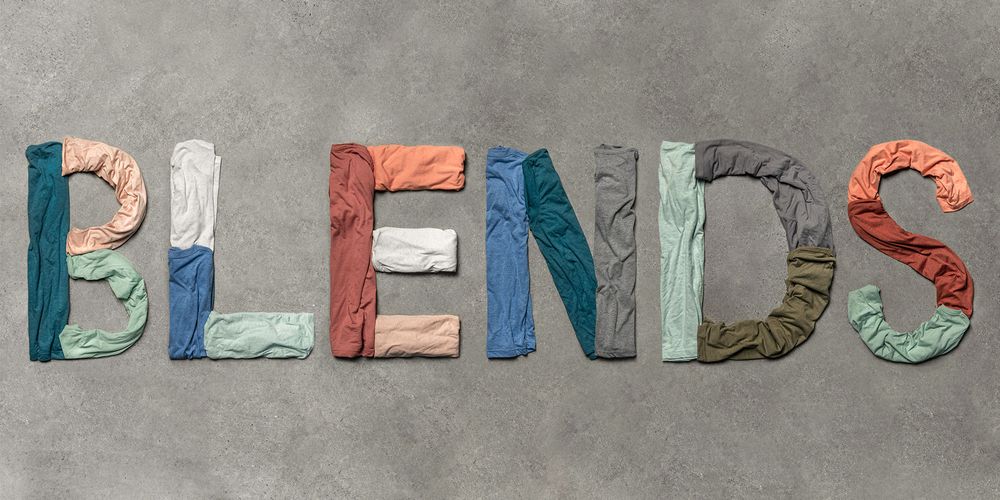
Fabric Blends
Up to this point, we’ve talked about the materials cotton, polyester, and rayon individually, but if you’ve paid any attention to the tags on your favorite t-shirts, you’ll find that more and more of them are made of a blend of at least two, if not three, different materials. These common blends fall into one of a few categories that have all been becoming more popular as trends move to softer and more modern t-shirt styles.
Cotton-poly and CVC
The first and most common blend you’ll see is a basic combination of cotton and polyester, often shortened to cotton-poly. These are made to take advantage of the breathability of cotton while adding the wrinkle-resistance, stretch, and added softness of polyester. And in terms of quality and price, they fall somewhere just above 100% combed and ring-spun cotton.
In addition to the added material benefits, you’ll also see cotton-poly blends made for the sake of color and texture. Have you ever wondered why your sports grey t-shirt needed that 1 or 2% polyester? Well, it’s in there to produce that speckled, textured look we call heather and is used on all sorts of apparel to give the color depth. Cotton and polyester receive fabric dye differently so when processed together the two result in contrasting shades.
You may have also come across the term CVC and wondered, what’s the difference between cotton-poly and CVC? Well, there is no difference really. CVC, or Chief Value Cotton, just refers to a cotton-poly blended fabric that’s more than 50% cotton.
Funny enough, while CVC is often used as a sort of marketing term, the concept originated as a method for reducing import taxes imposed on apparel goods. See, not all materials are taxed the same, with polyester demanding a higher tax than cotton. But the way that apparel goods are classified (at least in the United States) is determined by the material that’s in “chief weight”, with 50/50 blends falling in the polyester classification. For this reason, manufacturers began focusing on t-shirt materials made of a majority cotton, often around 60%, to retain the benefits of the blend while skirting the higher taxes. Ultimately, that savings is passed on in the form of a more economically priced t-shirt.
When cotton-poly or CVC is the best t-shirt material to go with
The real allure of a CVC t-shirt is their premium feel that comes at a lower cost than the triblend and poly-viscose options we’ll go into next. As I mentioned before, these usually fall somewhere just above the best cotton-only options — depending on the brand and such. So this is typically the line that the budget shopper stays under. But, CVC t-shirts are getting cheaper and more widely available so don’t count this option out right away. You’ll have to compare the cost and decide for yourself.
Two examples are the Premium CVC T-Shirt by Next Level and the Sueded T-Shirt by Bella+Canvas, with the later even featuring a unique sueding process that gives the fabric a slight velvety feel.
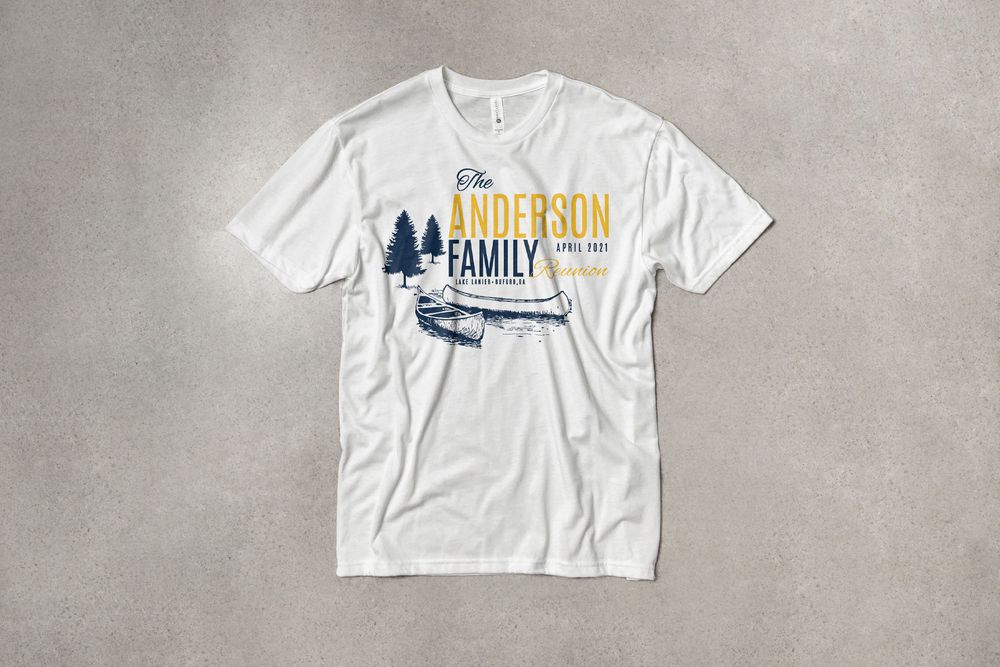
Triblends
Triblends take premium t-shirt fabric to the next level by incorporating some amount of rayon in with cotton and polyester. These three t-shirt materials — hints the tri blend — combine to produce a fabric with all the right softness, stretch, and fit.
We’ve already talked about the benefits of blending polyester with cotton, but the added rayon really takes the softness meter to new heights. Many of the available triblend t-shirts are the kind of soft that makes you want to stop and show somebody how good it feels — it’s no wonder they call rayon artificial silk.
But in addition to pure softness, the added rayon also gives the material a more smooth and silky drape that’s often noticeable in the fit. You can tell by the way the fabric lays and hangs on your body that it’s a triblend.
When triblends are the best t-shirt material to go with
Being that they’re at the top of the softness hierarchy and are made with more costly materials, it’s no surprise that they’re also some of the highest priced too. Triblends are usually reserved for those that are really looking for the best in quality and feel, and want a t-shirt that’s going to make an impression. Companies and brands that really want their merchandise to stand out should look here.
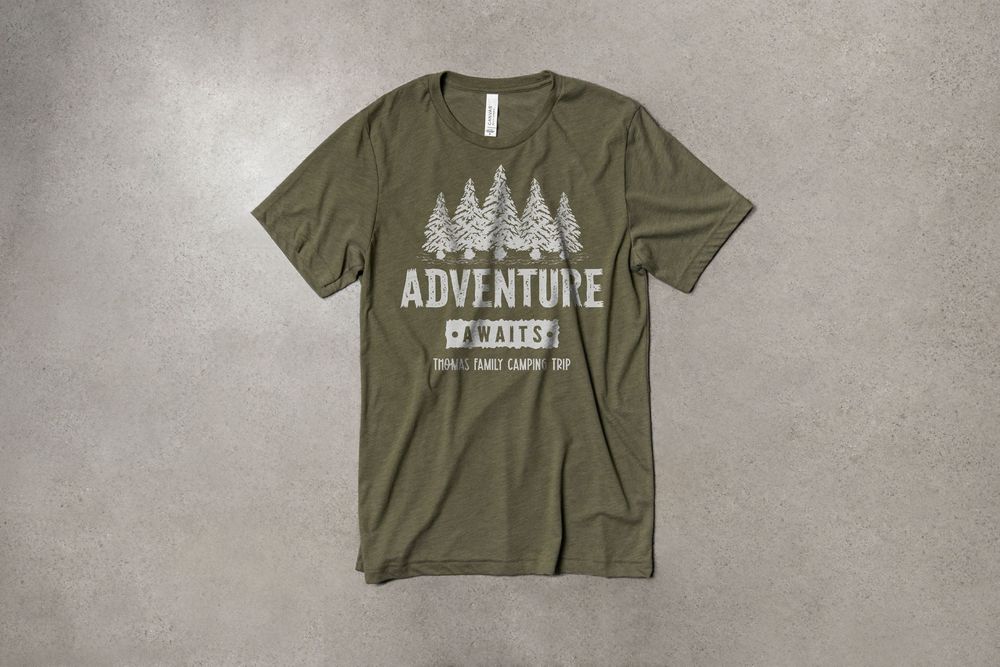
Poly-viscose
Last in our list of t-shirt fabric blends is the less common polyester and viscose (rayon) blend. What’s different here from the triblends we just looked at is the comparatively higher proportion of viscose that really starts to make the fabric resemble something closer to silk.
Poly-viscose features all the same softness, but usually in a thinner, flowy material. In fact, virtually all examples of poly-viscose fabric in our catalog come from ladies styles that are made to highlight a semi loose-fitting look in a light-weight fabric. You won’t find many standard t-shirts made in this blend but it’s perfect for fashion-forward ladies styles like the Slouchy Tank Top and the Women’s Flowy Muscle Tank; both by Bella+Canvas.
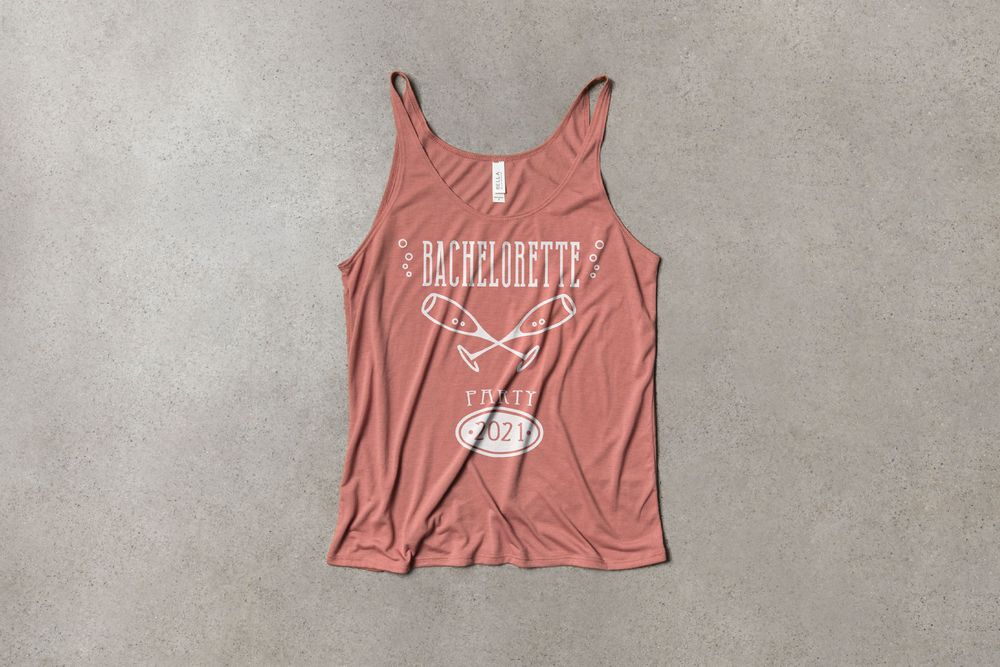
A couple more things that’ll help you compare and understand fabrics
If you’ve looked at any of the product details in our catalog, you’ll notice some other terminology beyond the material itself. These extra details are often important to knowing what to expect when your t-shirts show up at your door and can help you differentiate between options.
The two most important concepts are fabric weight and yarn count, and the two are closely related.
Fabric weight
Fabric weight is exactly what it sounds like; it’s the weight of the fabric used to make the t-shirt and is measured either as ounces per square yard, or as grams per square meter. This translates to how thick or thin your t-shirt is and is definitely one of the best ways to understand the look and feel.
Here in the United States, you’ll most often see it expressed as ounces per square yard, usually with just the ounces given — i.e. 6.0 oz. But the real question is, what’s considered heavy and what’s considered light?
If we’re looking at t-shirts specifically — not sweatshirts and hoodies — fabric weights 6.0 oz and above would usually be considered heavy-weight, with some being as high as 7.0 oz. These are t-shirts like the Pigment Dyed Tee by Comfort Colors and have a more structured fit due to their thicker material.
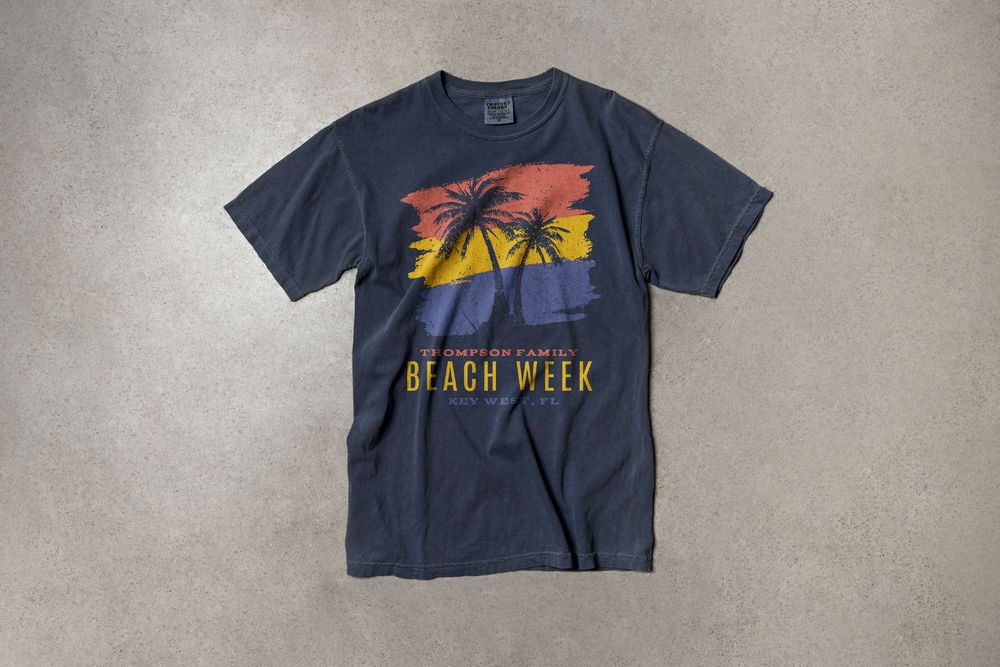
Roughly speaking, fabric weights in the 5.0 oz. range would be mid-weight and anything 4.5 oz. and below would be light-weight. As the fabrics get lighter, the fit and drape can feel more natural and flexible, however, it also means that white and other very light colors begin to look a bit see-through. Ending up with a slightly sheer t-shirt when you weren’t expecting it is one of the most common frustrations, so just pick a non-white color if that’s a concern.
Yarn count
Closely related to fabric weight is yarn count. It’s that line in the product details that says something like “30/1”, “30 singles”, or just “30s”. Yarn count is a measurement of how thick or thin the yarn used in the fabric is, calculated by the number of 840 yard lengths that make up 1 pound of yarn.
Essentially, yarn count tells you how fine or coarse the weave of the fabric is based on how thick the yarn is. Lower numbers being more coarse and higher numbers being more fine. For example, a heavier weight, coarser-woven t-shirt like the Ultra Cotton Tee by Gildan is 18 singles, also written as 18/1. While a lighter weight, smoother, finer-woven t-shirt like the Jersey T-Shirt by Bella+Canvas is 30 singles.
Two things are important here. First, a finer yarn will result in t-shirt fabric that’s smoother, softer feeling, and also prints better. The tighter weave gives the ink a more solid surface to lay on and a smoother hand feel. Generally speaking, 30 singles and above would be considered very good. Second, the yarn count ultimately affects the fabric weight. Lower yarn counts make heavier, thicker t-shirts, and higher yarn counts make lighter, thinner t-shirts.
This brings up a common point of confusion, why are pricier t-shirts almost always lighter than cheaper t-shirts? It’s because higher quality t-shirt fabric is made with a finer yarn to achieve a tighter weave and make the shirt softer and accepting of a smoother print.
For the curious reader who’s wondering, why 840 yards? This yarn count scale is called English Cotton Count, or Number English, or just Ne. And an 840 yard length of yarn is called a hank, and one hank is made up of 7 lea. Do the math and you’ll see one lea equals 120 yards, which I’d guess has something to do with the 12 inches in the imperial system.
A few more t-shirt related terms
Now that we’re close to wrapping up the guide, I wanted to include some additional fabric related terms that you’ll likely come across. Some you’ll see in more detailed descriptions while others are commonly used in product names, but either way, they all tell you a bit more about the different options you might be considering.
Heather - When two contrasting color yarns are combined in a fabric weave to create a speckled texture look. This is usually made by combining two different types of yarn, like cotton and polyester, which receive dye differently and create this effect.
Jersey - Refers to jersey knit which is actually the kind of weave used to produce the fabric (not to be confused with a sports jersey). If you look really closely, it has distinct front and back sides with fine ribs running lengthwise on the front and semicircle loops on the back. It’s the most common knit used in t-shirt fabric because of the natural stretch it provides.
Rib knit - Another kind of fabric weave often used for collars and sleeve cuffs because of its elastic qualities. It’s actually made of alternating rows of 2 different weaves that can be arranged 1x1, also called baby rib knit, or in other patterns like 2x2, 3x1, etc.
Fleece - Typically a polyester fabric that’s woven and then brushed with a process called napping that teases out the knitted loops and creates a thicker, soft, fuzzy side. It’s used to make all sorts of hoodies, sweatshirts, sweatpants, etc.
French terry - A knit fabric that’s similar to jersey knit but with larger, fluffier loops on the inside face. Most often a mid-weight fabric that’s thicker and warmer than a t-shirt, but still thinner than cold weather sweatshirts.
Slub - A material with a textured feel of thicker and thinner areas that are the result of knitting yarn with thicker and thinner sections. Interestingly, slubs were originally just mistakes in yarn manufacturing, but somewhere along the way they noticed it created a cool effect when woven into fabric.
The key takeaways
This guide is as in-depth as it is to try and give you a complete picture of this t-shirt fabric landscape. But if I’ve lost you at this point, let me give you a synopsis of the key points to illustrate how you should be thinking about your options — at least in terms of fabric.
Cotton comes in 3 main varieties: 100% cotton (also called carded open-end), ring-spun, and combed and ring-spun. And you can think of the first as the cheap one, the second as the softer but still pretty cheap one, and the third as even more soft with a mid-tier cost that’s still reasonable.
Polyester either stands alone as a performance-style fabric, or is added to cotton to make the shirt feel even better. These cotton-poly blends are pretty trendy right now because of their heathered look and really soft feel. However, they cost a bit more than cotton options so look for the “CVC” keyword for ones with a better price. This fabric is also pretty light-weight so beware of white colors if you’re worried about it being see-through.
Triblends and poly-viscose are definitely considered the most premium options because they’re ridiculously soft and fit really comfortably. Like anything, you get what you pay for so expect these to be the highest priced — but man do they feel good.
Pay attention to the fabric weight to know how thick or thin it is. Above 6.0 oz. is heavy-weight, 5.0-6.0 oz. is mid-weight, and below 5.0 oz. is light-weight and will start to look a little sheer in white colors.
The above bullet points pretty much cover the basics and should give you a way to make sense of your options even when they look identical on their face. You just have to balance these facts about t-shirt fabrics with your budget and know that there aren’t any bad options, just different depending on the occasion.
I myself have bought and worn all of these and literally rotate between them just about every day — one of the perks of working at a t-shirt printing company.
So, I hope this has cleared up some confusion, maybe you’ve learned some things, and ordering custom t-shirts online isn’t such a scary thing anymore.
